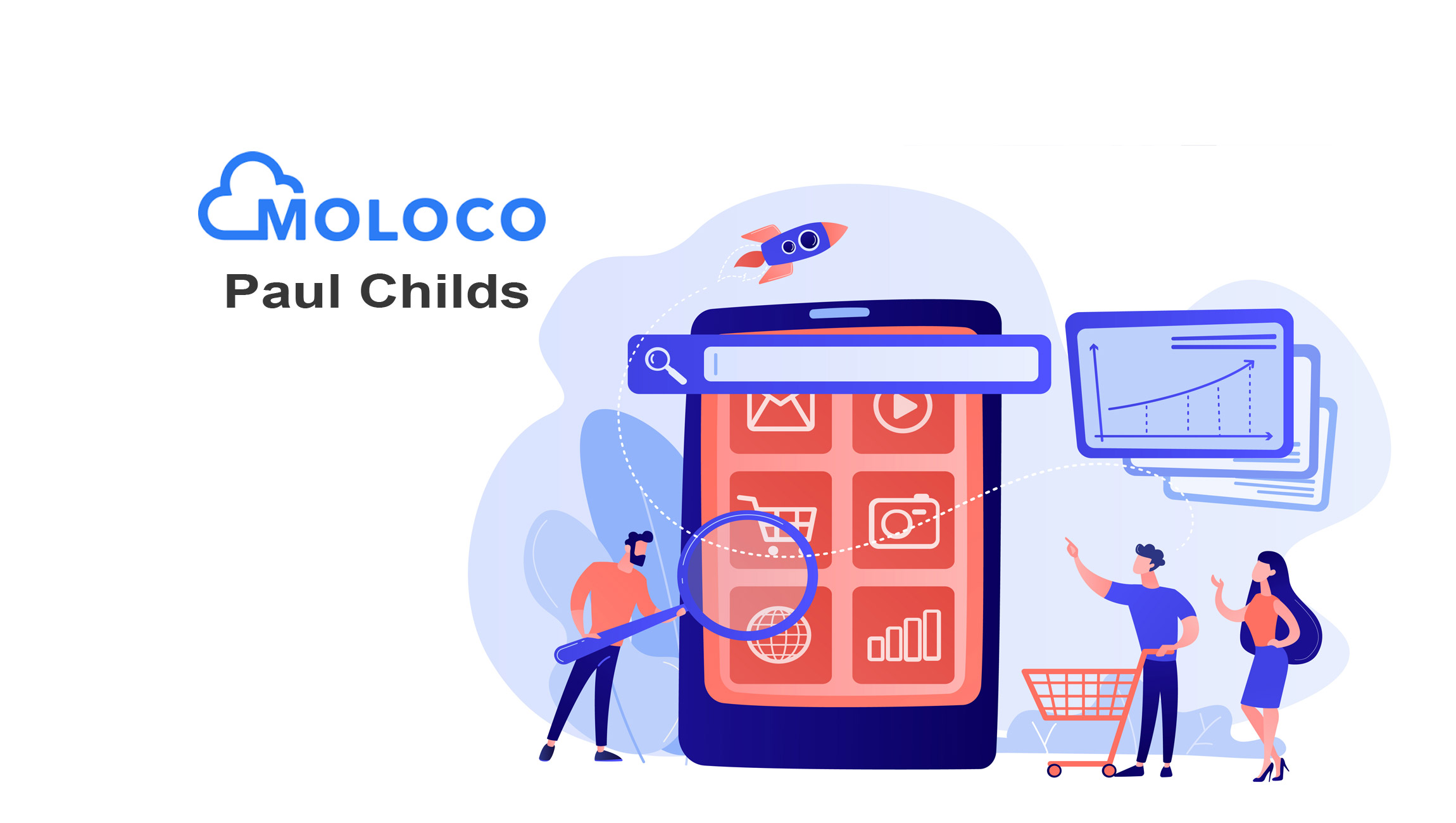New consumers have flocked to e-commerce channels since COVID-19 made traditional shopping impossible, and data suggests they’re likely to continue their new habits in the years to come.
As the world navigates its post-COVID reemergence, regressing to the normal we once knew is not likely. The pandemic accelerated the already growing trend toward e-commerce as the rule, not the exception. Lockdowns and safety restrictions around the world forced consumers who were previously hesitant about online shopping to rapidly adjust. After growing accustomed to the ease, convenience, and effectiveness of e-commerce, consumers are unlikely to return to their in-person shopping habits in the post-pandemic world.
It’s important to note that e-commerce was on the rise even before the global pandemic sent the world into lockdown. The popularity of online and mobile shopping had been steadily climbing for at least a decade until the second quarter of 2020, when e-commerce jumped from 11.4% to 15.7% of total retail sales in the United States. By the end of 2020, e-commerce sales soared to $26.7 trillion worldwide, representing 19% of global retail sales (a 4% increase from 2019).
For a time, people expected a short-term lifestyle change followed by a return to normal. This was especially true early on in the pandemic, when many individuals went into lockdown under the assumption that two weeks of social distancing was all that was needed to stop the spread. Even as timeframe estimates stretched on, people assumed that once the outbreak passed, we would all be able to return to our bustling in-person lives and shopping in brick and mortar stores. Following that logic, e-commerce sales were expected to plummet once consumers were allowed outside again. Brands viewed their increased mobile advertising budgets as a band-aid fix for a temporary problem.
But that e-commerce nosedive never arrived, and the forces that kept it at bay are now expected to extend into the future. The psychological impact of the global pandemic will only be resolved in the long term through dedicated care and attention, during which time consumers can be expected to maintain the shopping behaviors they developed during lockdowns. And e-commerce retailers were already overcoming the practical hurdles to online and mobile shopping even before COVID accelerated retail’s digital transformation.
Marketing Technology News: Should Content Curation be a Part of your Content Marketing Strategy?
Consumers acclimated to e-commerce during the pandemic
Those who were reluctant to shop online before the pandemic have found that their concerns — about everything from security to the newness of purchasing without first evaluating a product in person — are less prevalent in today’s e-commerce environment. Digital points of sale are more sophisticated (and more secure) than ever before, and virtual and augmented reality tools allow consumers to envision how a piece of furniture will look in their home or pick the perfect makeup shade before they buy online. Convenience and variety are also key selling points, since e-commerce has spread into virtually every product category. During the pandemic, consumers discovered that e-commerce isn’t limited to shopping for fun; it’s also an easy and frictionless way to shop for essentials, such as groceries and prescriptions.
E-commerce powers the experiences modern shoppers expect
The evolution of digital shopping experiences are also being fueled by the expectations of younger generations. Gen Z consumers — those born between 1997 and 2012 — aren’t just more comfortable with e-commerce, they prefer it because they are used to it. The entire customer journey takes place within a digital ecosystem for Gen Z shoppers; they research brands and find inspiration on social media platforms like Instagram, they buy where they browse and make purchases from within their social feeds, and they expect to engage with their favorite brands through text messages. The concept of in-person shopping or going to a mall to browse is foreign to this generation, and as they gain buying power their demands will push retailers to develop more powerful e-commerce experiences.
Mobile shopping and e-commerce sales drive the new normal
The shopping habits that took root during the pandemic are likely to last far into the future, and we can expect commercial recovery to mirror growth seen in the mobile app world at large, especially within mobile gaming. During the pandemic, mobile game developers saw a 200-400% increase in engagement. As lockdowns began to lift around the world, mobile game engagement rates climbed even further. Although some might have expected engagement to drop down dramatically to pre-COVID levels, engagement rates actually plateaued at their new high even after people began to rejoin society. In other app categories, post-lockdown engagement levels dropped below their peak but still evened out at higher rates than they’d achieved before the pandemic.
Marketing Technology News: MarTech Interview with Christian Lund, Co-Founder at Templafy
Contrary to early predictions, e-commerce is now expected to experience a similar permanent upward trajectory. As cities across the United States started rolling back safety measures in 2021, 43% of US consumers said they would continue to shop online for items they once would have purchased in stores. The pandemic essentially served as a massive user acquisition campaign for e-commerce apps and, like in mobile gaming, those new consumers are now on board for the long haul. Brands that expected e-commerce shopping to be a temporary shift must reconsider how they’ve related to their increased mobile advertising spend so far. As e-commerce continues cementing itself as a permanent fixture of the new normal, mobile advertising will remain a crucial part of successful marketing strategies in 2021 and beyond.











